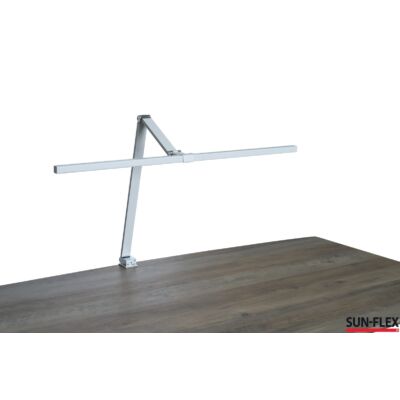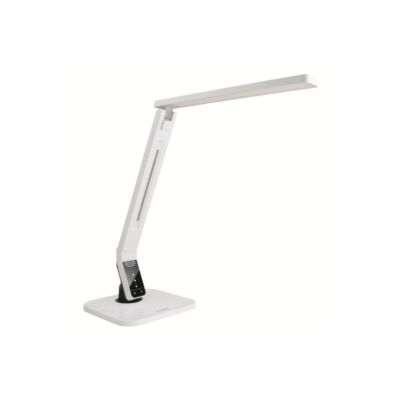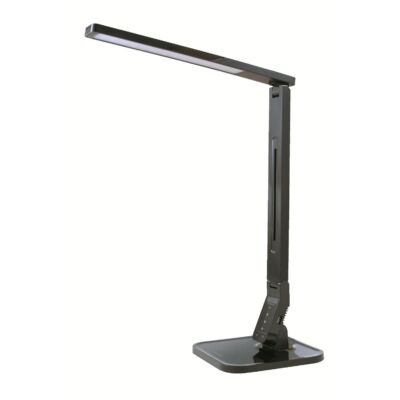Desk lamp
As more people work from home and spend more hours at a desk, prioritizing good posture becomes increasingly important. One of the easiest ways to do this is by investing in a good desk lamp. On this page, we will discuss everything you need to know about ergonomic desk lamps and how they can help improve your work experience.
Why choose an ergonomic desk lamp?
An ergonomic desk lamp is designed to enhance your work experience by reducing eye strain, neck pain, and fatigue. A good desk lamp provides sufficient lighting to your workspace and reduces the strain on your eyes. By properly directing and dimming the light source, it provides the right amount of light, allowing you to work efficiently without straining your eyes.
Adjustable color temperature
Color
Lamp lifespan
Adjustable brightness
Brand
Light source
Consumption
Motion sensor
Attachment
Types of desk lamps
There are various types of desk lamps available, each serving different purposes. Here are some of the most common types of desk lamps:
LED lamps
LED desk lamps are popular because they are energy-efficient and have a longer lifespan compared to other types of lighting. They are also brighter and offer better color rendering.
Halogen lamps
Halogen desk lamps emit a warm and bright light but consume more energy than LED lamps and have a shorter lifespan.
Daylight lamps
Daylight desk lamps simulate natural light and are particularly useful for people who spend a lot of time indoors with limited exposure to natural light.
Task lamps
Task lamps are specifically designed to illuminate a specific area, such as a book or a computer screen.
Features to consider in a desk lamp
When choosing an ergonomic desk lamp, there are several features to consider to ensure your comfort and productivity. Here are some of the key features:
Adjustability
Ensure that the lamp is height-adjustable so you can position it at the right height to illuminate your workspace. It should also be possible to rotate and tilt the lamp head to direct the light source properly.
Dimmability
A dimmable desk lamp allows you to adjust the light intensity according to your needs and the environment. This can be especially useful when working in the evening, as you may require lower light intensity to reduce eye strain.
Color temperature
The color temperature of the desk lamp can have a significant impact on your comfort and productivity. Warmer light, such as 2700K-3000K, can be more relaxing for the eyes, while cooler light, such as 4000K-5000K, can aid concentration and reduce eye fatigue.
Light diffusion
It is important to ensure that the light from the lamp is evenly distributed across the work area to reduce eye fatigue. Some desk lamps have a diffuser to soften the light and spread it evenly over the work surface.
Light intensity
The light intensity of the lamp should be adjustable to meet your specific needs. It is important to check whether the lamp provides sufficient light to illuminate your workspace without being too bright and causing eye strain.
Height of the lamp above the desk
Generally, it is recommended to place the lamp at a height of about 40-60 centimeters above the desk. This allows the light to be evenly distributed over the desk surface without shining directly into the eyes of the person working at the desk. It is also important to ensure that the lamp is not positioned too low, as this can create shadows and make working at the desk more difficult.
Lumen requirement above your desk
Generally, it is recommended to choose a desk lamp with a light output of at least 500 to 1000 lumens. This provides sufficient brightness for reading, writing, and working at the desk without causing eye fatigue.
If additional lighting is needed for specific tasks, such as detailed work or viewing documents, it may be necessary to choose a desk lamp with a higher light output. In that case, opting for a lamp with a light output of 1500 lumens or more is advisable.











